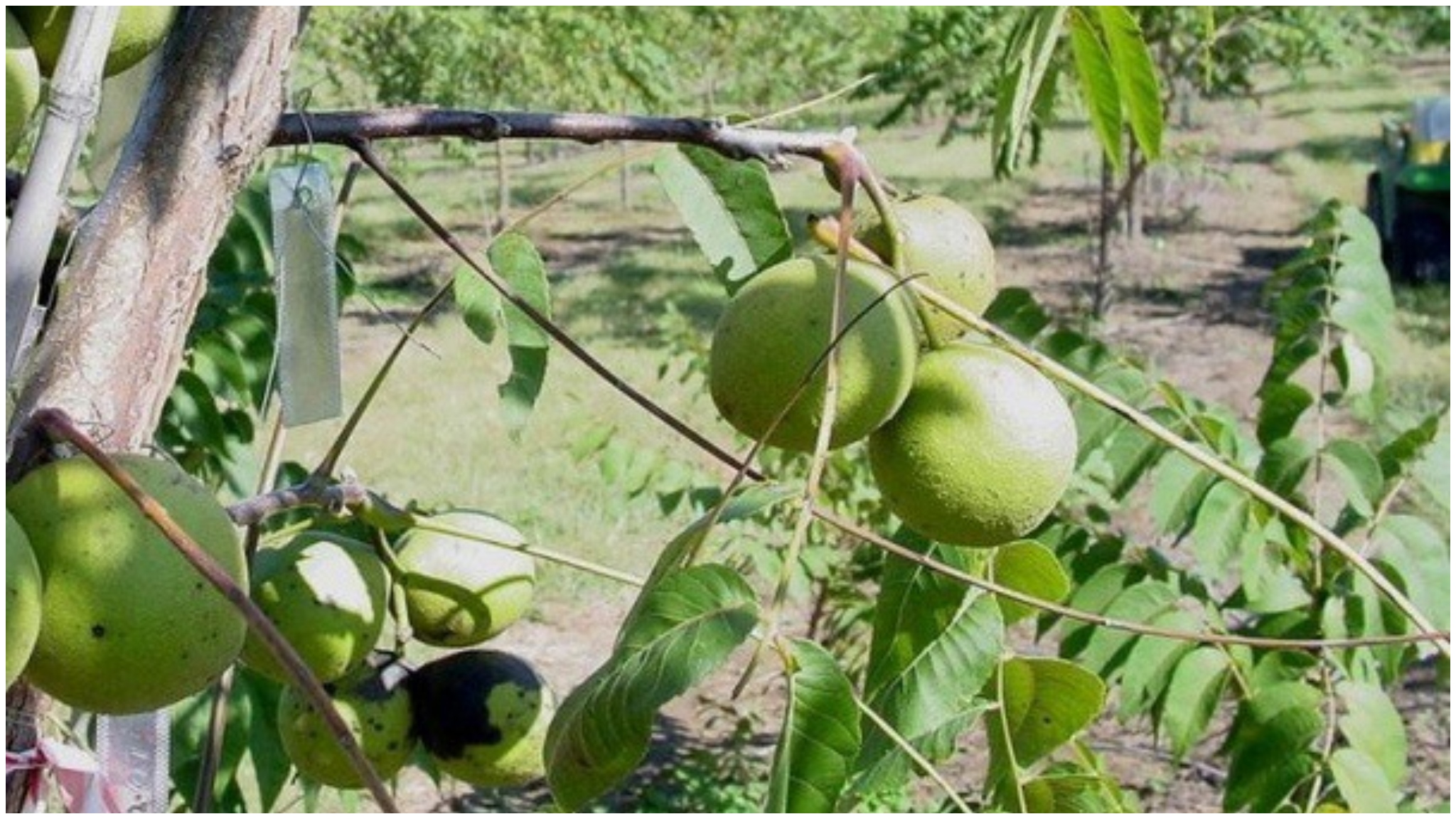Missouri’s Breakthrough in Nut-Producing Black Walnuts
Missouri has made history by patenting the first black walnut cultivar specifically designed for nut production. Named the UMCA “Hickman” Walnut, this new variety was developed by the University of Missouri Center for Agroforestry after over 20 years of research. Unlike traditional black walnuts grown for timber, this cultivar is optimized for high kernel yields, marking a major step toward establishing a regional tree nut industry.
The key advantage of the UMCA “Hickman” Walnut is its spur-bearing trait, which allows trees to produce nuts earlier in their lifespan. According to interim director Ron Revord, this feature could help farmers see faster economic returns, making agroforestry a more viable option for small and large producers alike.
A Game-Changer for Orchard-Style Agroforestry
The UMCA “Hickman” Walnut was carefully selected for its productivity in orchard-style systems. Unlike timber-focused plantations, this cultivar thrives in mixed-species agroforestry, such as alley cropping, where trees are grown alongside crops or livestock. This approach provides farmers with annual income from nut sales while maintaining sustainable land use.
The project was initially led by Dr. Mark Coggeshall, who headed the Black Walnut Improvement Program from the early 2000s until 2019. Under his guidance, researchers identified the best-performing trees for nut production, eventually leading to the patented cultivar.
Honoring History: The Hickman Legacy
The new cultivar’s name pays tribute to the historic Hickman House, a brick home built in 1819 on the Horticulture and Agroforestry Research Farm (HARF) in New Franklin, Missouri. The farm spans over 600 acres and serves as the primary research hub for the University of Missouri’s agroforestry initiatives.
Interestingly, the Hickman House was added to the National Register of Historic Places in 2006, making it a fitting namesake for Missouri’s groundbreaking black walnut variety. The HARF site also hosts diverse fruit and nut trees used in ongoing agroforestry studies.
Scaling Up Production for Future Farmers
With the patent secured, the next step is licensing the cultivar for nursery sales. The Center for Agroforestry is already working on micropropagation techniques in a tissue culture lab at the University of Missouri. Master’s student Jericha Hervey is researching shoot multiplication methods to ensure large-scale availability for growers.
This advancement could revolutionize Midwestern agroforestry, offering farmers a profitable alternative to traditional crops. Since black walnut trees are native to the region, they require fewer inputs while supporting biodiversity and soil health.
The Bigger Picture: Sustainable Agroforestry in Missouri
The University of Missouri Center for Agroforestry, established in 1998, specializes in integrating trees with crops and livestock. Their research covers forest farming, silvopasture, alley cropping, and windbreaks—all designed to promote environmental protection and sustainable land use.
The UMCA “Hickman” Walnut is a prime example of how agroforestry can boost both farm profitability and ecological resilience. As production scales up, Missouri could become a leader in specialty nut crops, setting a model for other states to follow.





